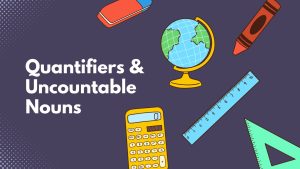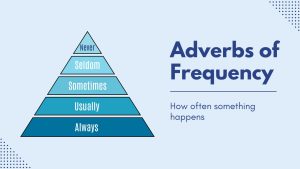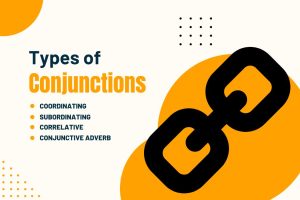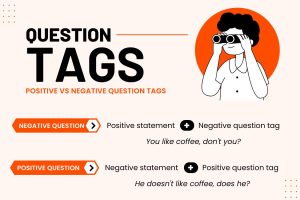Quantifiers with Uncountable Nouns
Quantifiers help us talk about how much of something we have. With uncountable nouns, like water, we use words like “much” and “some”.

Quantifiers help us talk about how much of something we have. With uncountable nouns, like water, we use words like “much” and “some”.

Pronouns are like shortcuts in language, helping us avoid repeating nouns. They come in various types. Here are the 8 types of pronouns.

Conditional sentences follow a structure that combines a condition clause (using “if”). Learn the conditional types (zero, 1st, 2nd, and 3rd)

Adverbs of frequency tell us how often something happens. Words like “always,” “sometimes,” and “never” tell us how regularly actions occur.

Active vs passive voice. Active voice means the subject does the action. Passive voice flips it around, making the action done to the subject.

Explore the types of prepositions – time, place, direction, agent, purpose, & manner. Each specifies when, where, how, and why actions occur.

Conjunctions show the relationship between ideas, making our writing easier to understand. Learn about the types of conjunctions.

Question tags turn statements into questions. They add a friendly touch because they show we’re interested in others’ opinions.

Learn the types of punctuation marks, which are like traffic lights for writing. From periods to commas, they help us organize our writing.

As with all adverbs, they tell us more about the verb. There are 5 different types of adverbs (time, frequency, manner, place, and degree).